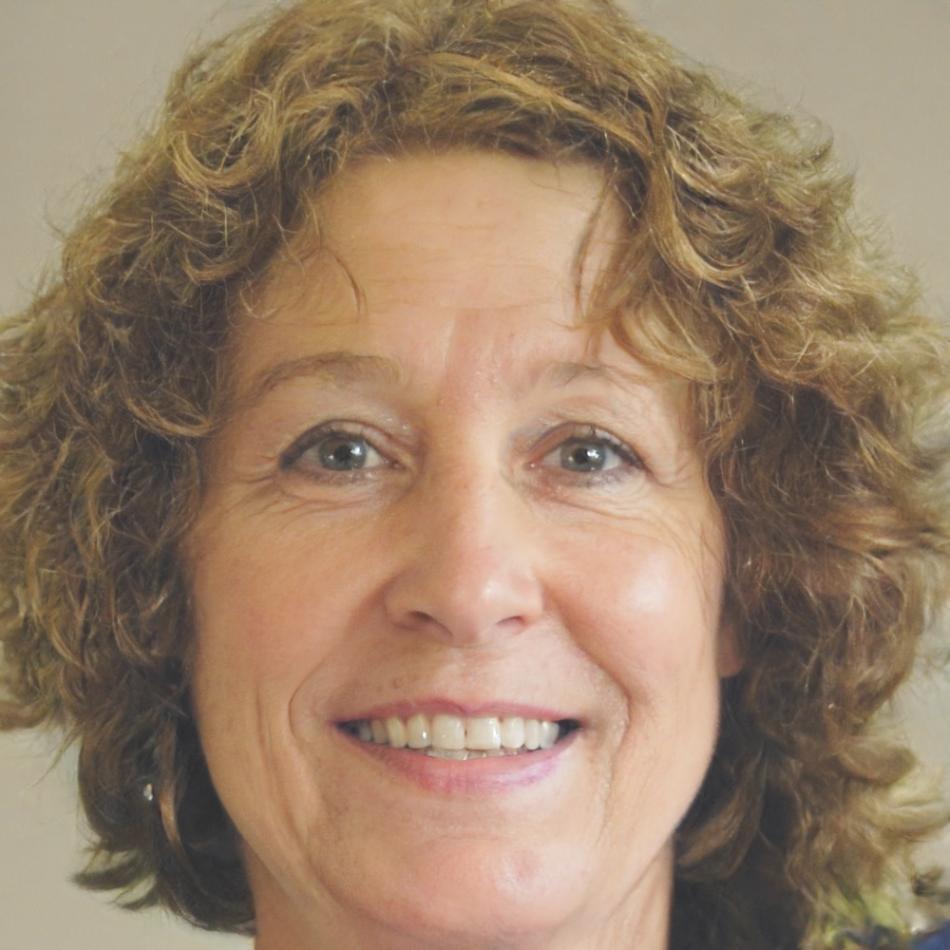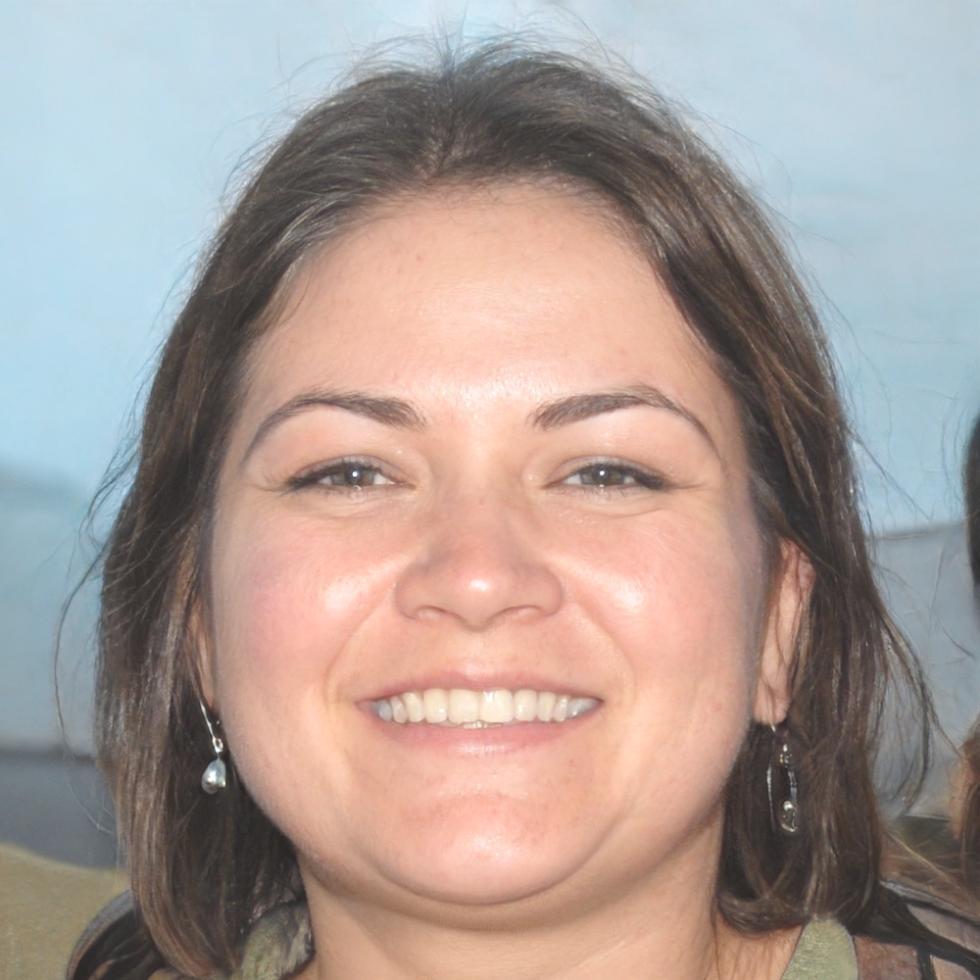Real Numbers Behind Financial Intelligence
We've spent years building software that processes millions of data points daily. But here's what actually matters—how our Australian clients use these tools to understand their financial landscape better.
Transactions Analyzed Monthly
Active Business Users
Data Integration Points
System Uptime in 2024
How Financial Analysis Skills Actually Develop
We've trained over 300 professionals in the past two years. This is the progression that worked—not a marketing promise, just what we've observed from people who stuck with it.
Understanding Financial Data Structure
Most people spend about six weeks here. You'll learn how financial data is organized, why it matters for analysis, and the common mistakes that make reports meaningless. We start with Excel because everyone knows it, then move into our platform.
Building Working Analysis Models
This is where it gets interesting. You'll create your first predictive models using historical financial data. Some people breeze through this in ten weeks. Others need fourteen. Both groups end up with similar skills—the timeline varies based on your background.
Multi-Source Analysis and Reporting
By this point, you're working with data from multiple sources simultaneously. Banking feeds, accounting software, market data—pulling it all together into coherent reports. This typically takes another twelve weeks, and you'll collaborate with current zalyntoripe users on actual projects.
Independent Project Execution
The final stretch involves completing an actual analysis project for a real business. You'll present findings, defend your methodology, and refine your approach based on feedback. Our September 2025 cohort starts applications in June—that's when the next cycle begins.
Core Competencies You'll Develop
These aren't arbitrary modules we dreamed up. They're the specific skills our business clients told us they needed when hiring analysts. And yes, we've tested these with actual practitioners to make sure they're relevant in 2025.

Data Processing and Automation
Financial data is messy. Learning to clean it efficiently separates useful analysts from overwhelmed ones. We teach Python basics, API integration, and automated report generation.
- Python for financial data manipulation
- API connection and authentication
- Automated reporting workflows
- Error handling and data validation

Scenario Modeling and Forecasting
Businesses want to know what might happen, not just what did happen. You'll build models that test different scenarios—economic changes, market shifts, operational adjustments. This is where the work gets genuinely interesting.
- Multi-variable scenario construction
- Sensitivity analysis techniques
- Monte Carlo simulation basics
- Risk assessment frameworks

Executive Reporting and Presentation
Technical skills mean nothing if you can't explain what you've found. We spend significant time on translating complex analysis into clear business language. It's harder than the technical work, honestly.
- Dashboard design principles
- Stakeholder communication strategies
- Visual storytelling with data
- Presentation delivery practice
Perspectives From Working Analysts
We asked a couple of professionals who've been using zalyntoripe tools daily to share what actually mattered in their learning journey. Here's what they said.

Sienna Kavanagh
Senior Financial Analyst
I came from a traditional accounting background, so the programming aspects felt intimidating initially. But the curriculum moves slowly enough that you can actually absorb each concept. By month four, I was automating tasks that used to take me hours every week. The time investment paid off faster than I expected.

Freya Lindström
Business Intelligence Specialist
The scenario modeling module changed how I approach client requests. Instead of just delivering historical reports, I can now show them three or four potential futures based on different decisions. That's what clients actually pay for—insight into what might happen, not just confirmation of what already did. The practical projects were crucial for building that confidence.

Next Intake Opens June 2025
Our autumn program runs from September through March. Applications typically close mid-August when we reach capacity. If you're considering this, get your questions answered now rather than scrambling later.